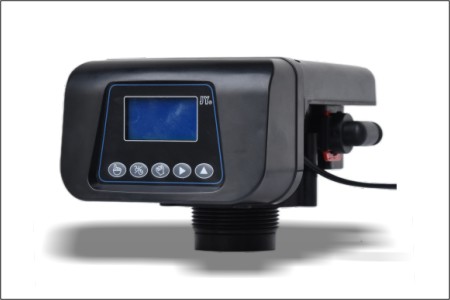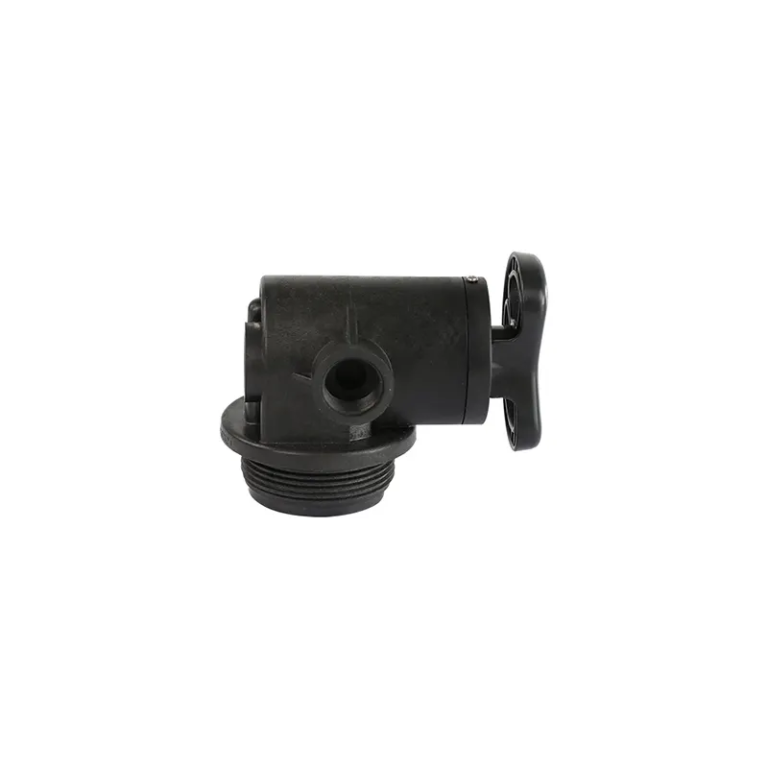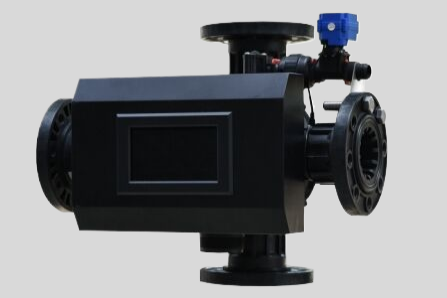Valves: Controlling flow with precision.
Understanding the Basics of Valves and How They Function
Valves are essential components in various systems and industries, playing a crucial role in controlling the flow of fluids or gases. Understanding how valves work is fundamental to ensuring the efficient operation of these systems. In this article, we will delve into the basics of valves and explore how they function.
Valves are devices that regulate, direct, or control the flow of fluids by opening, closing, or partially obstructing passageways. They come in various types, sizes, and designs, each serving a specific purpose based on the application. The primary function of a valve is to start, stop, or regulate the flow of a fluid or gas within a system.
One of the most common types of valves is the gate valve, which operates by raising or lowering a gate to control the flow of fluid. When the gate is raised, the valve is open, allowing the fluid to pass through. Conversely, when the gate is lowered, the valve is closed, stopping the flow of fluid. Gate valves are commonly used in applications where a tight seal is required.

Another type of valve is the ball valve, which uses a spherical disc to control the flow of fluid. When the valve is open, the ball is positioned in such a way that the fluid can pass through. When the valve is closed, the ball rotates to block the flow of fluid. Ball valves are known for their durability and reliability, making them suitable for a wide range of applications.
In addition to gate and ball valves, there are also butterfly valves, globe valves, and check valves, each with its unique design and function. Butterfly valves use a disc that rotates to control the flow of fluid, while globe valves have a plug that moves up and down to regulate the flow. Check valves, on the other hand, allow fluid to flow in one direction only, preventing backflow.
Valves can be operated manually, using a handwheel or lever, or automatically, using actuators such as pneumatic, hydraulic, or electric motors. Actuators provide the necessary force to open or close the valve, allowing for remote operation and control. Automatic valves are commonly used in industrial processes where precise control is required.
| Model | Category | Water Capacity m3/h | LCD | LED | ICON | DIODE |
| AF2 | automatic filter valve | 2 | O | O | O | O |
The operation of a valve is based on the principle of fluid dynamics, where the flow of fluid is controlled by the position of the valve. When the valve is open, the fluid can pass through freely, while when the valve is closed, the flow is obstructed. Valves are designed to withstand high pressures and temperatures, ensuring the safe and efficient operation of systems.
In conclusion, valves are essential components in various systems and industries, playing a crucial role in controlling the flow of fluids or gases. Understanding how valves work is fundamental to ensuring the efficient operation of these systems. By knowing the basics of valves and how they function, we can appreciate their importance in maintaining the integrity and reliability of systems.







